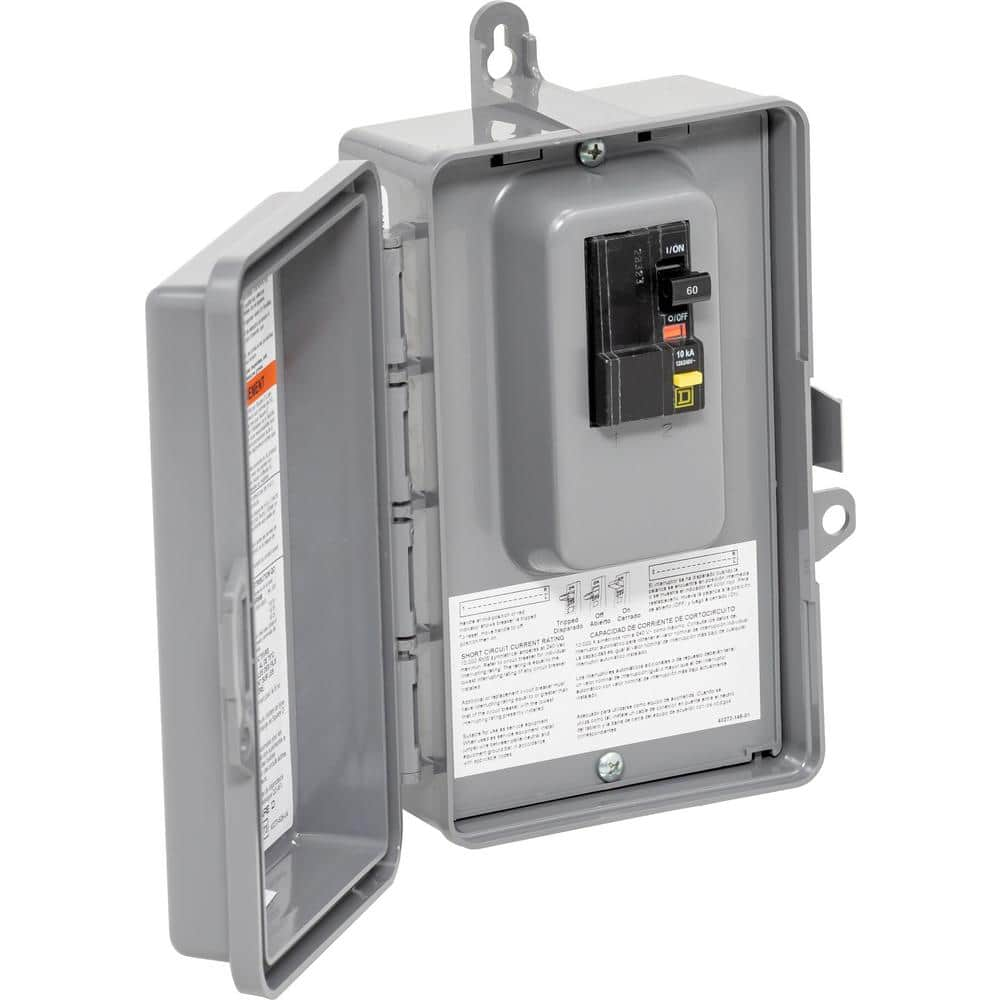LarryFine
Master Electrician Electric Contractor Richmond VA
- Location
- Henrico County, VA
- Occupation
- Electrical Contractor
All of the circuit conductors, regardless of quantity, pass through a metal ring with a little coil on it. As long as all current leaving the source returns through the ring, no magnetism is developed in it, and the little coil has no voltage induced in it.What is the purpose of the "load" terminal on the breaker if it's not sensing a difference in current?
I guess I've never really thought about GFCI protection in a 240V situation. On a 120V system the GFCI is sensing a difference in current on the the hot and the neutral. But there is no neutral in a 240V circuit.
If someone receives a shock, that current is current that leaves the source and passes through the ring, but returns to the source without passing through it, magnetizing it. A voltage is induced in the little coil, amplified, and trips the GFCI.
Without one solidly-grounded circuit conductor (typically, the neutral), the accidental contact is not compelled to travel through a person and into the earth or other grounded surface. Of course, capacitive currents can contribute to shock, too.
This also explains why it doesn't matter whether there is one or more ungrounded circuit conductor. Line-to-line shocks are seen as normal current to a GFCI, because none of the current is bypassing the ring, so no voltage is induced in the coil.


